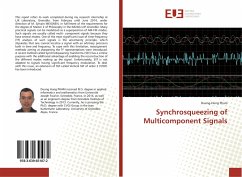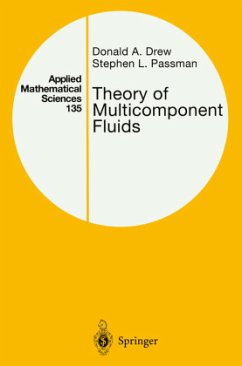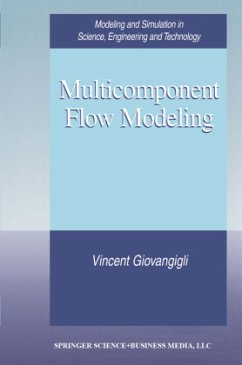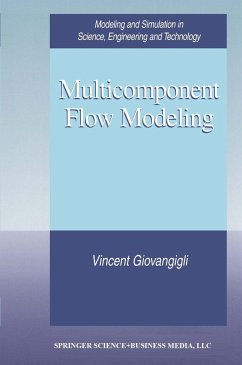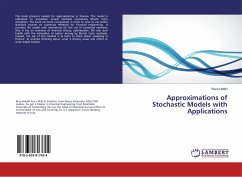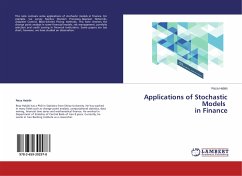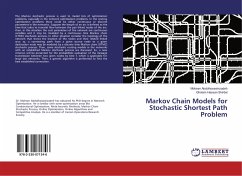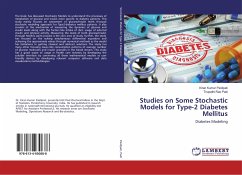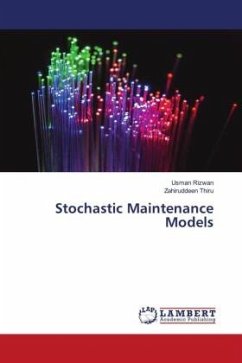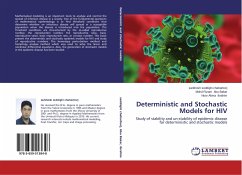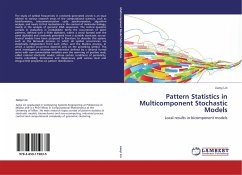
Pattern Statistics in Multicomponent Stochastic Models
Local results in bicomponent models
Versandkostenfrei!
Versandfertig in 6-10 Tagen
39,99 €
inkl. MwSt.

PAYBACK Punkte
20 °P sammeln!
The study of symbol frequencies in randomly generated words is an issue related to various research areas of the computational sciences, such as bioinformatics, telecommunication code synchronisation, algorithm analysis, and meets its first motivations in the context of molecular biology, mainly in the analysis of genomic DNA sequences. The central question consists in evaluating in probabilistic terms the occurrences of given patterns, defined over a finite alphabet, within a word formed over the same alphabet and randomly generated from a suitable stochastic source. Several models have been ...
The study of symbol frequencies in randomly generated words is an issue related to various research areas of the computational sciences, such as bioinformatics, telecommunication code synchronisation, algorithm analysis, and meets its first motivations in the context of molecular biology, mainly in the analysis of genomic DNA sequences. The central question consists in evaluating in probabilistic terms the occurrences of given patterns, defined over a finite alphabet, within a word formed over the same alphabet and randomly generated from a suitable stochastic source. Several models have been proposed in literature to describe this system, such as the Bernoulli process, in which all symbol occurrences are statistically independent from each other, and the Markov process, in which a symbol occurrence depends only on the preceding symbol. This work investigates a bicomponent extension defined by a rational formal series with non-commutative variables over the semi-ring of positive reals, called rational stochastic model, whose certain conditions of periodicity, matrix reducibility, dominance and degeneracy yield various local and integral limit properties on pattern distributions.



